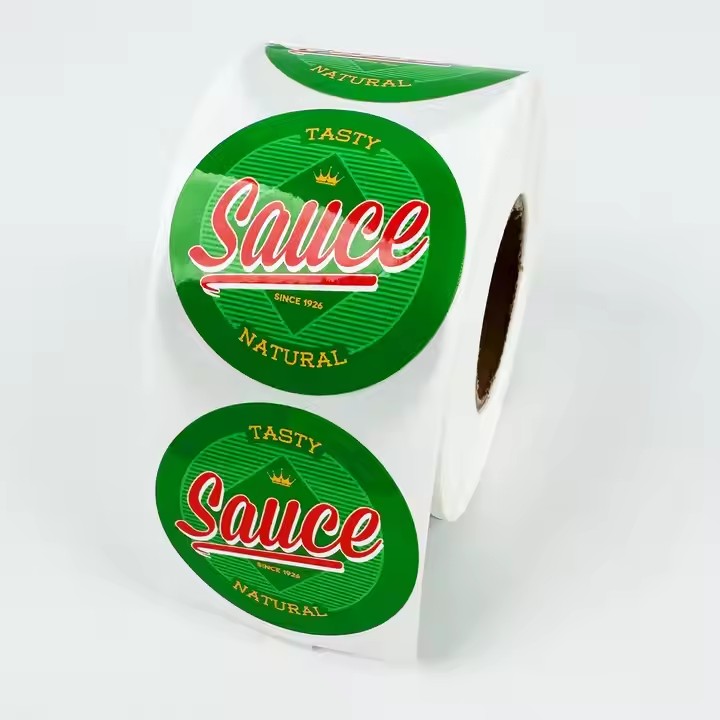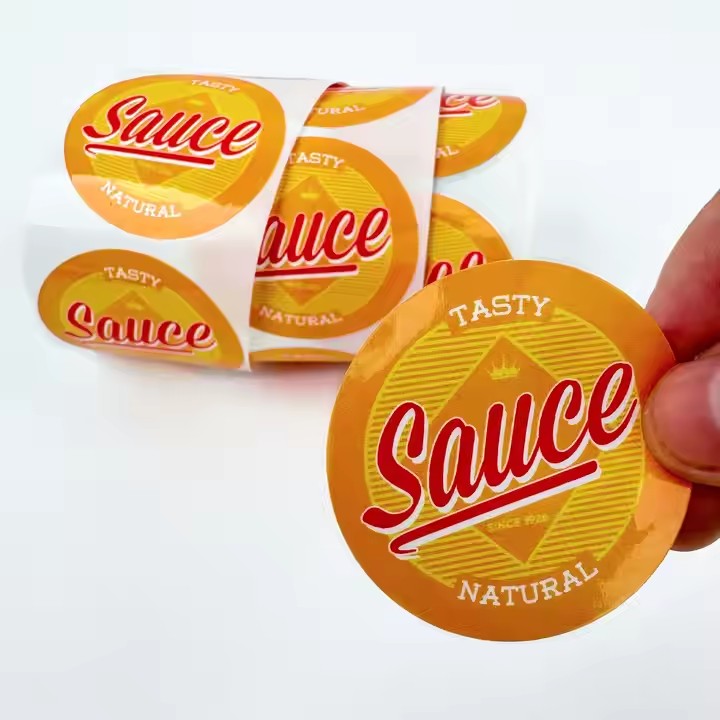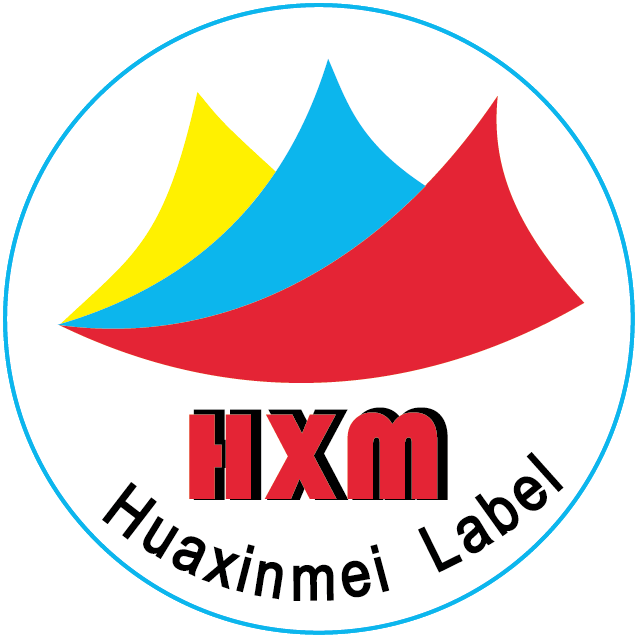- Legal bottom line: Ensure the legality and completeness of labeling content
The primary requirement for food labels is to comply with national mandatory standards, especially the “National Food Safety Standard — General Rules for Prepackaged Food Labeling” and other related regulations. Any oversight in details may lead to legal risks.
(1) Accurate labeling of core information
Authenticity of the food name: The name must truthfully reflect the product’s real nature, avoiding misleading descriptions. For example, dairy-containing beverages cannot be labeled as “milk,” and plant protein drinks should be clearly marked as “plant-based” or specify the raw materials. When multiple legal names exist for a product, priority should be given to those specified in national or industry standards, such as “pasteurized milk” instead of vague terms like “fresh milk.”
Order and transparency of ingredient list: Ingredients must be listed from highest to lowest quantity. For compound ingredients containing additives, even if the total is less than 25%, additives must be clearly listed. For example, preservatives in instant noodle seasoning packets must appear in the ingredient list instead of only labeling as “compound seasoning.” Moreover, all food additives must use the common names defined in GB 2760, ensuring consumers’ right to know.
(2) Correlation between dates and storage conditions
Production date, shelf life, and storage period must be clearly labeled with a consistent date format “Year/Month/Day,” avoiding vague phrases like “see elsewhere on the package.”
If shelf life depends on storage conditions (e.g., refrigeration), the storage method must be prominently displayed on the label. For example, yogurt labels should state “Store at 2-6℃, shelf life 21 days” to prevent safety issues caused by improper storage.

(3) Mandatory labeling for special foods
Irradiated foods must be clearly marked as “irradiated food” near the product name; if irradiated ingredients are used, they must be separately stated in the ingredients.
Genetically modified foods must be labeled with “GMO” as required by the Food Safety Law.
Health foods must display the “Blue Hat” mark and their health functions, and must not claim to cure diseases.
- Information accuracy: Avoid misleading and ambiguous details
Food label information must be rigorous and clear to prevent consumer misunderstandings caused by vague or exaggerated statements.
(1) Labeling logic for net content and solids
Liquid foods should use volume, solid foods use weight, and semi-solid foods may choose either.
Foods containing both solid and liquid phases must label both net content and solid content to avoid consumer misjudgment.
Multi-pack items must label the net content clearly, e.g., “Net content: 500g,” clarifying single and total amounts.
(2) Correspondence between quality grades and standards
If quality grades are defined in product standards, they must be marked prominently on the label (e.g., “soy sauce”).
The execution standard number must be fully shown; enterprise standards must show the “Q/XXX” code to ensure traceability.
(3) Transparency of origin and producer information
Domestic foods must label the full name and address of the manufacturer.
Imported foods must state the country of origin and the domestic general distributor, avoiding vague terms like “imported ingredients.”
For outsourced processing, the label must clearly state “Entrusting party: XXX Company; entrusted party: YYY Company” to clarify responsibilities.
- Consumer awareness: Adapting to reading habits and emotional needs
Food label design should balance efficient information transmission with consumer reading experience, improving product appeal through detailed optimization.
(1) Norms for visual presentation
Text and layout: Standard Chinese characters must be used. Pinyin, minority languages, or foreign text must correspond with Chinese text and be smaller in size. For example, English “Natural Juice” should be smaller than the Chinese “天然果汁.” Key information (like product name, net content, shelf life) should be bolded or highlighted with contrasting colors. Background and text colors must meet national standards to ensure readability for color-blind individuals.
Graphics and symbols: Nutrition facts tables should follow the standard format; icons must comply with official rules to avoid confusion. Infant food labels can use soft colors and cartoon images but must keep key information clear and unobstructed.

(2) Readability of functional information
Nutrition facts must follow the “1+4” labeling format with accurate values within the error limits of GB 28050.
For example, products claiming “low sodium” must indicate sodium ≤120mg/100g and highlight this in the nutrition table.
Functional claims must be supported by testing reports to avoid exaggerated promotion.
(3) Targeted labeling for special groups
Allergen information must be clearly marked in the ingredient list or notes, e.g., “Contains gluten grains and their products, milk and dairy products.”
Infant formula must include warnings like “Not suitable for children over 3 years old.”
Health foods must state “This product cannot replace medicine” to avoid misleading vulnerable groups.
- Labeling strategies for special scenarios
Labels must be flexibly adjusted for different product categories, packaging types, and circulation stages, balancing regulations with practical needs.
Exemptions and optimizations for small packages
For packaging with a maximum surface area smaller than 10 cm², ingredient lists and quality grades may be exempted, but product name, net content, production date, shelf life, and producer information must be retained.
For example, a single small coffee creamer package may only label “Non-dairy creamer, net content: 5g, shelf life: 24 months.”


